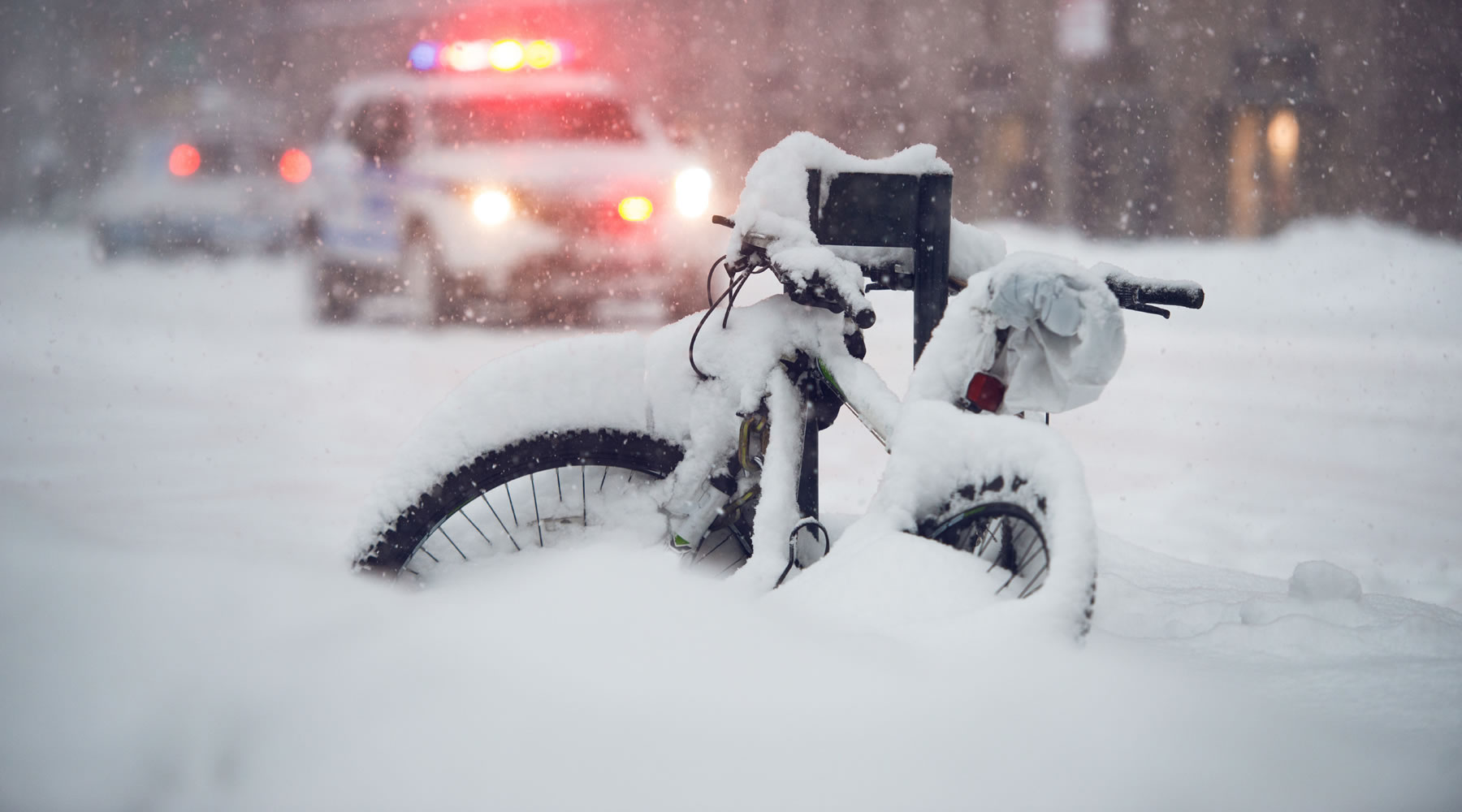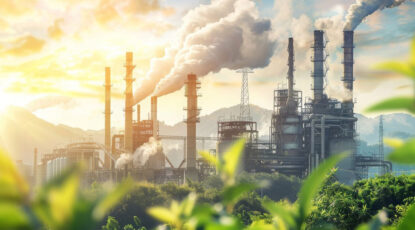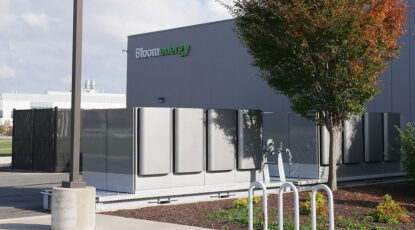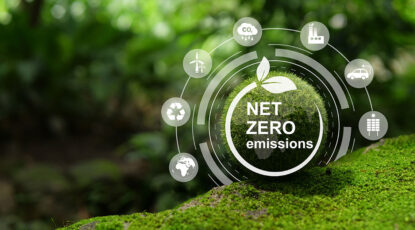With the rising frequency and intensity of extreme weather, the need for a more resilient energy system is more important than ever. Recent extreme weather events like those in Texas reveal the challenges faced by many states and even countries worldwide. These events lead to blackouts that are sadly more consequential than sitting the dark for a few hours under candlelight.
Though it is difficult to talk about, it is vital to acknowledge the human impact of extreme weather occurrences. Distress and hardship for those affected increase in severity as the number of climate events and power outages also rise. Whether it’s a freeze in Texas, a tropical storm in the southeast, heatwaves in California, or hurricanes in the northeast — people rely on power for safety and security.
People need warmth, air conditioning, food, water, and access to their finances. People need to charge their devices to communicate with loved ones and emergency services. Drivers need to charge their vehicles in order to flee if needed. Folks need access to their local businesses to restock on safety essentials like propane tanks, food, and sometimes even water.
The toll on human needs was clearly visible in Texas:
The Wilsey Family, from Euless, Texas, told CNN via text message they had been living in their car because it was the only source of heat and power. Charging their phones meant they could stay in touch with one another, check to see which grocery stores were open and watch for news updates. The only source of heat in their apartment during multiple days of no power were candles.
Editor’s Note: Sitting in an idling car means you are breathing in more of the dirty exhaust that leaks into the car cabin. If in an enclosed space like a garage, this can lead to lethal levels of carbon monoxide poisoning.
Some people went to dangerous lengths just to stay warm. In San Antonio, the Lemus family used the gas stove burners to provide a meager source of heat for their children, risking poisoning from carbon monoxide fumes.
Meanwhile in Killeen, Texas, personal belongings were destroyed as the need for heat forced Angel Garcia to toss everything not needed to survive into the fireplace, including her 3-year-old daughter’s toy blocks. Garcia told CNN she had seen other people tearing down fences to burn as firewood.
If businesses are stuck without power and traditional community safe spaces lack electricity, the community has few places to turn when they need the most support.
In the case of Texas, families were forced to seek government assistance for their safety. State governor Greg Abbot deployed the National Guard to gather citizens to nearby emergency shelters, with 135 total shelters established across the Lone Star State as warming centers. Few expected an event of this scale to happen at all, much less in a state that prides itself on being independent of national power grids.
Kerry Cook, a professor of climate science at the University of Texas, told the Austin-American Statesman that whether or not extreme weather events are a result of climate change, the fact is that these kinds of events are increasing. “It may or may not be related to increases in atmospheric greenhouse gases, but it is a real demonstration that we’re not ready for extreme events, either cold or hot. Even though we can’t currently attribute the current storm to the global warming signal, we know from observations and from modeling and theory that extreme events of all kinds are increasing. This is just one type.”
Several factors cause today’s resiliency challenges. But one common thread is an overall lack of preparation for extreme weather coupled with massive spikes in demand. This results in infrastructure damage coupled with power, water, and gas shortages, forcing states to necessitate rolling blackouts that shut down communities for days or weeks.
Utilities understand the impacts these storms can have on their systems and the people they serve. While it is difficult to predict when extreme weather events will happen or how severe they will be, businesses, communities, and policymakers must work together to build a more robust, more resilient energy system. According to AccuWeather, Texas’ energy crisis caused between $45 and 50 billion in economic damages.

The high impact of power outages has elevated discussions about true energy independence. The solution to extreme weather like the recent event in Texas is not dealing with the fallout, but with preventing the energy system from failing in the first place by using distributed energy generation.
Distributed generation solutions like microgrids can help build a more robust grid while at the same time making communities safer. A microgrid is a localized energy network with its self-contained source of power, using a mix of distributed generation technologies and fuel types to reduce environmental impact.
Overall, the consequences of climate change need addressing while at the same time addressing the causes. That’s why microgrids powered by alternative energy sources, and distributed generation as a whole, are being brought to the forefront of disaster preparedness.
Billion-dollar climate events are only increasing in frequency and intensity. The need for solutions to keep you powered is immediate. Businesses and communities are ready to invest in distributed generation solutions that provide safe, reliable, local power. Don’t wait until the next major event. Now is the time to plan and prepare.
Sources:
- AccuWeather: $45 and 50 billion in economic damages
- Houston Chronicle: ERCOT forced rolling blackouts
- Texas Tribune: Lack of preparation for such weather
- AccuWeather: Abbot deployed National Guard
- CNN: Human stories of the storm
- Austin-American Statesman: the facts say that these kinds of events are increasing
- NOAA: Billion-dollar climate events



